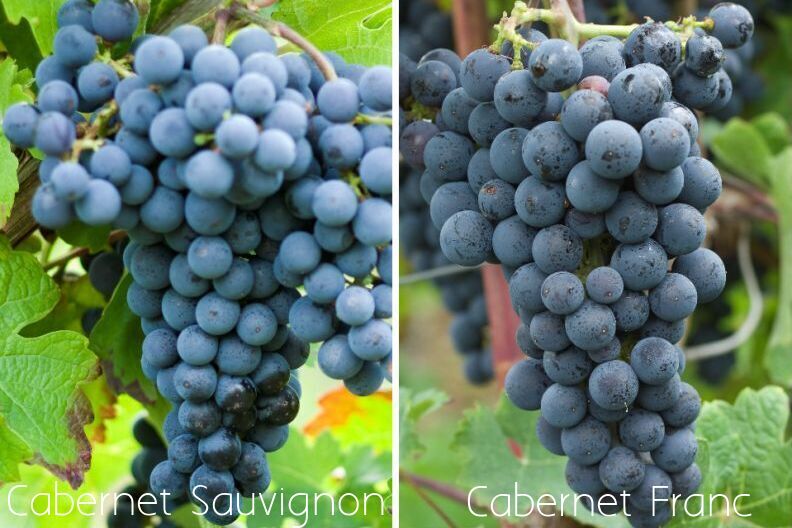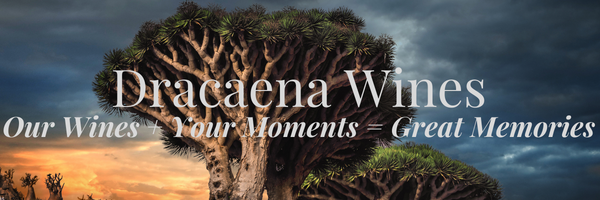One of my favorite movies is Nightmare on Elm Street. I drove my college roommate crazy with all my Freddy Krueger paraphernalia.(especially the 3-D Freddy – sorry Jamie!) One of the most bone chilling scenes in the movie was when Freddy was in the boiler room with Nancy and he ran his finger knives along the banister. The sound was absolutely chilling. This is how I feel when people, who claim they know the wine industry, say things that prove they are not as wine educated as they say.
Before I go into these statements, I want to reiterate that it is when people in the wine industry say these things.. not a consumer. I hope everyone knows by know that I try to make the world of wine a safe place to learn. I love when consumers ask me questions. There is never a bad question. There is never a stupid question. No one should ever feel embarrassed by wine. But when people in the industry, who claim they are educators say something wrong, it is Freddy Krueger knives on the railing to my ears.

Hybrid when they should be saying Crossing
Oh! this one drives me crazy on two levels. First the winemaker/wine educator but more importantly on the biologist level. When I hear someone say that Cabernet Sauvignon is a “hybrid” because it came about from Cabernet Franc and Sauvignon Blanc it makes me cringe.
Of course, I always love when people are talking about Cabernet Franc, but I don’t want them to be giving out false information. Cabernet Sauvignon is not a hybrid. It is an offspring. As I like to say, one wild, windy evening in the vineyard, Cabernet Franc and Sauvignon Blanc found each other. The result of this natural crossing was Cabernet Sauvignon. The key wording is “natural crossing.”
Crossings can occur naturally or through science. For example a cross between Pinot Noir and Cinsault, in 1925 led to the creation of Pinotage. The grape variety, Pinotage was created by a Stellenbosch University viticulture professor named Abraham Izak Perold. Another example is Durif, better known as Petite Sirah. Durif was created in Tullins, France by the botanist Dr. Francios Durif in the late 1880s. It is a crossing between Peloursin and Syrah and was developed to be resistant to downy mildew.
A hybrid is when the offspring comes from two different species. There are several different species of grapes. The most common species for wine making is the European variety, Vitis Vinifera. But there are other species that can be made into wine. These include Vitis californica, Vitis labrusca and Muscadinia rotundifolia.

Vitis labrusca is the native species that include grape varieties such as Catawba, Concord, and Niagara. Vitis californica is also known as California Wild Grape. This species grows throughout central and northern California, and can also be sporadically found in southern California and Oregon. Vitis rotundifolia, also known as muscadine, is a grapevine species native to the southeastern and south-central United States. A hybrid is created when a grape variety from one of these species crosses with a variety from another species.
Some popular hybrids are Baco Noir, Cayuga, Chambourcin and Seyval Blanc. These hybrids have been created to be forgiving of environmental factors such as fungal diseases, nematods, phylloxera, or just more cold tolerant. In the past years, it has become “politically incorrect” to call these varieties hybrids. They are now recognized as inter-species, heritage or modern varieties.
Champagne when they should be saying Sparkling
As I write this post, I am sitting in the United Club in San Francisco and I had to literally laugh out loud. A woman walked up to the bar and asked for a glass of Champagne. The bartender said, “Don’t call it Champagne the French will yell at you.” When I took the Champagne specialist class, I couldn’t count as high as the number of times they stated, “Champagne can only be made in the Champagne region of France.” They do take it serious!
Vines were first planted in Champagne by the Romans between 3rd and 5th century. Champagne is located in the northern portion of France and experiences some harsh climate. The region averages approximately 1759 hours of sunlight, as opposed to Bordeaux that sees 2080 hours. The average temperature in Champagne is 58oF (11oC) and although they do see frost in the winter, it is actually the Spring frost that is most dangerous.
The soil in the region is 75% limestone (chalk and marl) and 25% sand, clay and silt. The chalk is calcite from the fossils of mollusks that were present during the Mesozoic Era. The loose sand allows for aeration and drainage and the clay improves water and nutrient retention. The Marl maintains constant water content and retains the heat. The chalk deposits can go down as far as 600 feet deep and provide the ability to absorb and re-emit heat.
The AOC (Appellation de-Origine Controlle) was established in 1935 and has defined the territory’s boundaries and the processing rules to improve quality. Additionally, the regulatory board declares which grape varieties can be used, the pruning methods, maximum harvest yields and minimum potential alcohol on the harvested grapes.
A major stipulation in the Champenoise method is that the secondary fermentation must take place in the bottle that the final product will be sold in. The regulations state that for a non-vintage Champagne the wine must age for a minimum of 15 months with 12 of that on lees. If the wine is a vintage wine, it must age for 36 months. The Champagne AOC, strictly protects the name.
There are multiple ways to produce a sparkling wine. When it comes to producing the bubbles, although this is the same method of producing sparkling known as “Méthode Traditionnelle” that the higher quality producers use, regulations mandate that if the process does not occur in Champagne, it can not be called “Méthode Champenoise.”

Try the Cab instead of differentiating between Cabernet Franc and Cabernet Sauvignon
This one practically kills me every time I hear it. The term “Cab” needs to be stricken from the mouths of wine professionals. There needs to be a distinction between Cabernet Sauvignon and Cabernet Franc. The general population hears “Cab” and thinks Cabernet Sauvignon. Wine professionals should take the educator’s role and help the consumer understand and appreciate the differences between the two grape varieties.
Loosely translated, Cabernet Franc is Latin for “black vine of France,” while Cabernet Sauvignon translates to “wild vine.” Generally speaking, Cabernet Franc is lighter red in color vs. its offspring. It also has lesser tannins and acidity than Cabernet Sauvignon. This factor is what leads people to say that Cabernet Sauvignon is age worthy. However, even with the lower tannins and acid, Cabernet Franc can easily lay down for ten to fifteen years, but it is often thought of as a wine to drink younger. Cabernet Sauvignon has a thicker skin than its parent and is typically less aromatic with more herbaceousness and earth.
Cabernet Franc normally buds and ripens typically two weeks earlier than Cabernet Sauvignon. Although they both have a high tolerance to cold winters, Cabernet Franc prefers slightly cooler weather than Cabernet Sauvignon. There is a reason there is a statement, “Cab and a Slab.” Cabernet Franc is a much more versatile wine. It does not NEED a meal to allow you to enjoy its full body, but can stand up to those large meals.

As people in the wine industry, I think it is extremely important that we know what we are telling the consumer. Wine can be a confusing place, and we should not be adding to that puzzlement. What are your thoughts on this topic? Is there anything that you’ve heard that drives you nuts?
~Slàinte!
I invite you to follow me on Instagram, Twitter, Facebook and Youtube for all things wine. I’ll never tell you what to drink, but I’ll always share what’s in my glass.
Please support our sponsor: use code EXPLORE for 10% off your order
Try the 90+ rated and multiple Double Gold medal winning wines of Dracaena Wines and get a 10% discount off your first order. Click the banner below and use code “Explore” at checkout. 


nematodes.
interesting. How do you hear nematodes being used incorrectly? That is awesome actually, as that is pretty geeky!